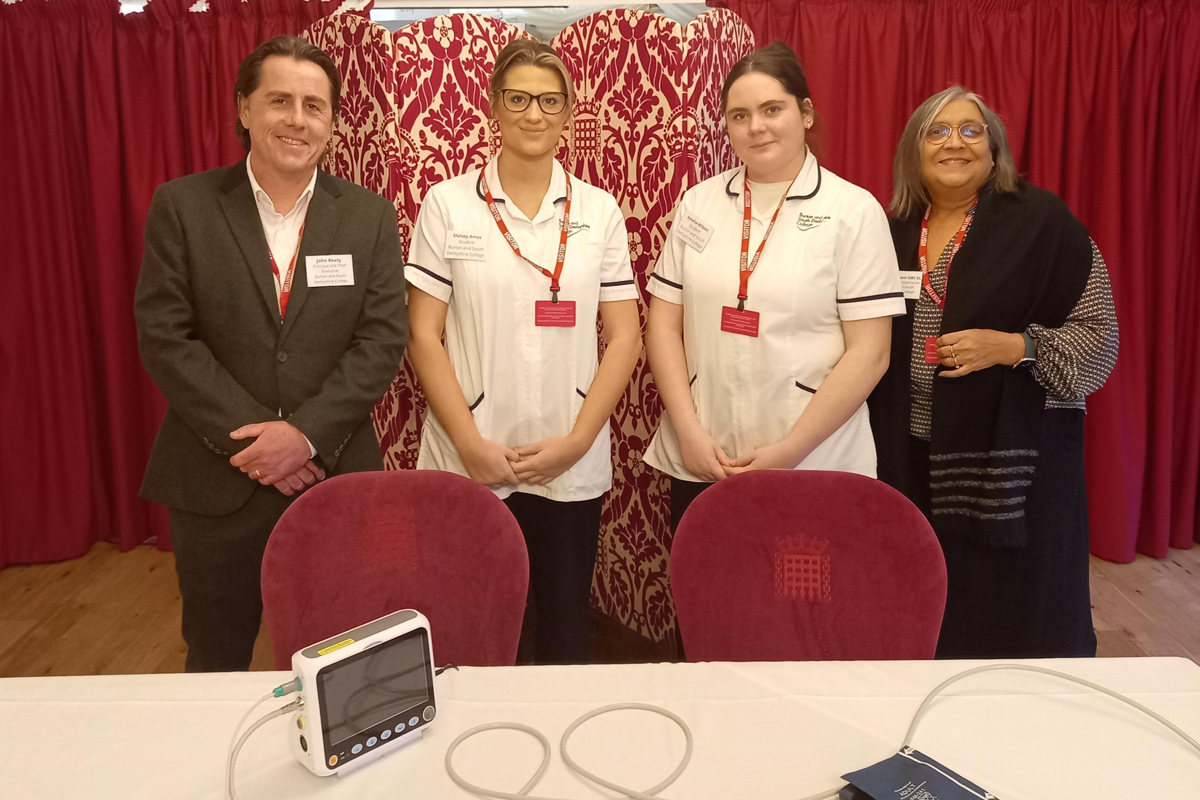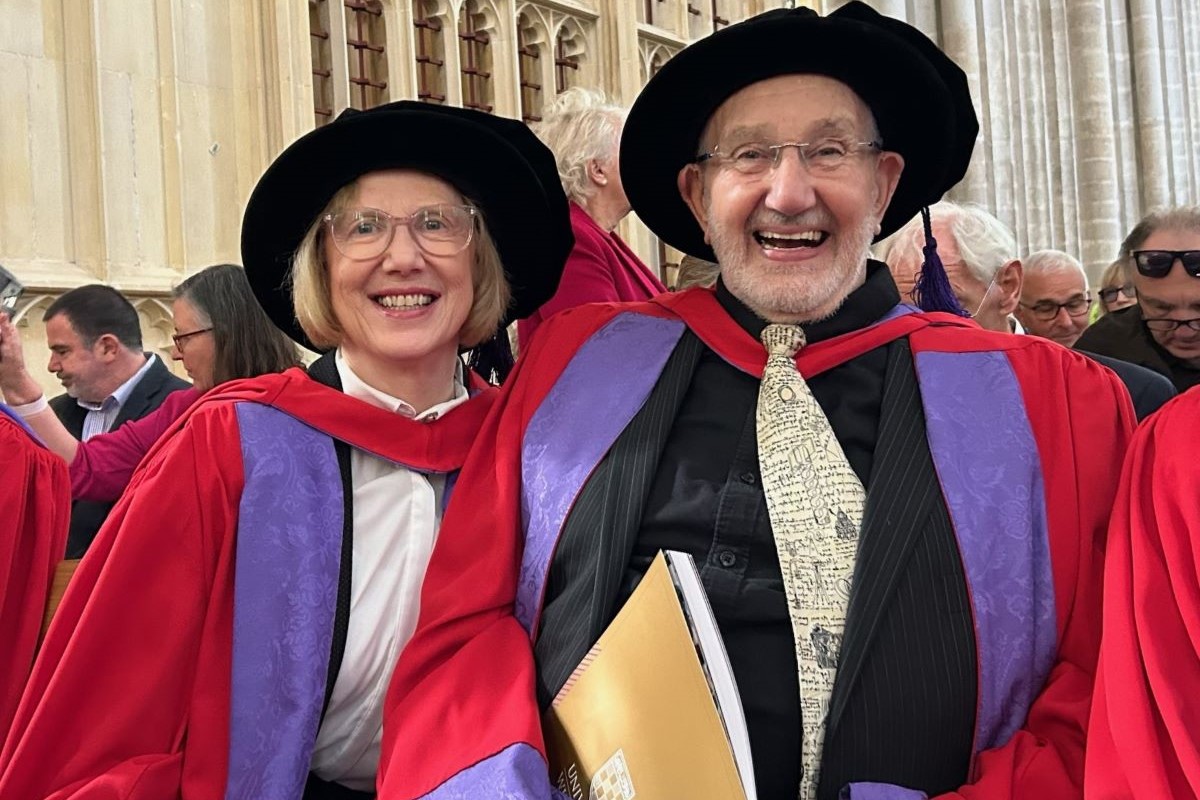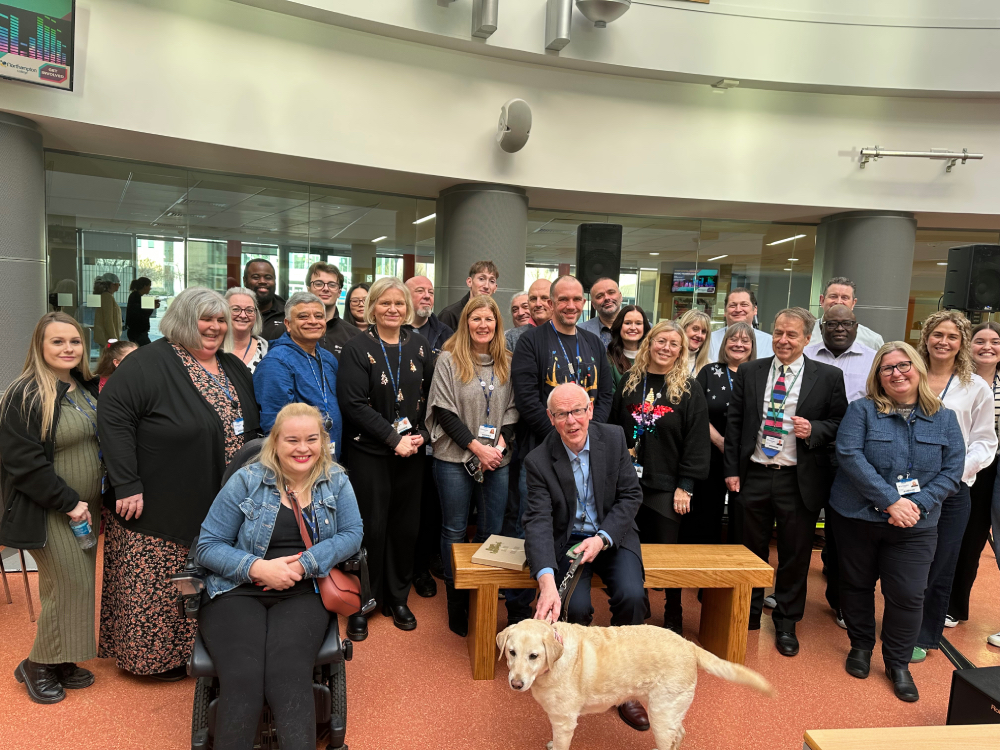New HEPI Policy Note compares students’ expectations with reality when it comes to digital learning resources

In a new HEPI Policy Note, The Future of Digital Learning Resources: Students’ Expectations versus Reality (HEPI Policy Note 41) by Dr Laura Brassington, HEPI and Kortext present the findings of polling carried out by UCAS on student experiences of digitally enhanced learning.
Digital learning is not a new phenomenon, but its adoption by higher education institutions was accelerated during the COVID-19 pandemic. The shift towards digitisation brings both opportunities and challenges for higher education institutions as they seek to balance online and in-person teaching.
HEPI has partnered with Kortext, a digital content and student experience expert and creator of the Kortext Arcturus smart study platform, to ask students about the digital resources currently available to them at their institution, and their expectations of how things should be in the future. In the poll, conducted by UCAS, more than 2,000 undergraduates from across all cohorts were asked about their experiences and expectations.
The report’s key findings include:
Comparing schools, colleges and higher education institutions
- 45% of students disagree that the online resources at their school or college were better than those at their higher education institution while 38% agree.
The most available and in-demand resources
- The digital resources most widely available to students include lecture slides (92%), online reading lists (84%), and eBooks and e-journals (81%).
- The most in-demand digital resource is lecture recordings – which are currently accessed by 79% of students.
How students access texts
- 84% of students ‘sometimes’, ‘rarely’ or ‘never’ purchase course books, relying instead on their institution’s library.
- 48% of students ‘always’, ‘often’ or ‘sometimes’ worry about the availability of course books from their institution’s library.
- Of those who say they worry about access, 40% said it ‘always’ / ‘often’ / ‘sometimes’ affected their mental health.
- When asked which resources would help improve their mental health, students’ most common answer was the wider availability of digital course resources (59%), higher than the second-most common answer, the wider availability of physical course resources (48%).
Students’ expectations
- Nearly all students would like to see digital copies of their course texts available without waiting lists (76% ‘strongly agree’ and 19% ‘agree’).
- Most students want physical copies of course books available without waiting lists too, but are less convinced in their views (for example, 35% strongly agree).
- The overwhelming majority of students want digital course books available on one consistent reading platform (55% ‘strongly agree’ and 32% ‘agree’). In answer to a separate question, 72% of students said that institutions should prioritise making resources ‘streamlined and easy to navigate’ when developing digital learning resources.
The report makes three key conclusions:
- Students want a single digital learning platform that is easy to use.
- The vast majority (87%) of students would like to see digital learning resources streamlined onto a single platform with one, intuitive user experience, where texts are easily readable and navigable. The platform should be compatible across a range of devices and accessible on- and off-campus.
- Students want to be able to access digital resources without waiting lists.
- Nearly all (95%) of students say digital copies of their course books should be available to them at the point of need, without waiting lists.
- Although many students say that they do not worry about being able to access course books through the library when they need them, 59% of students who are impacted by such worries say the wider availability of digital resources would improve their mental health.
- Students want digital recordings of their lectures.
- The most in-demand digital learning resource is lecture recordings. Students want to see recordings uploaded onto a single, user-friendly platform and for them to be made available for the duration of their courses.
Robin Gibson – Marketing Director at Kortext, said:
‘Student expectations have evolved considerably since the pandemic, particularly with regard to how they access and engage with their study materials. As we’re seeing in this research, students recognise the benefits of digital learning resources and the flexibility they afford in a more blended learning environment. Students are increasingly relying upon and are grateful for learning resource provision via the university library, whilst desiring ease of access with a consistent, intuitive user experience.
‘We recognise that concerns around digital textbook pricing are still rife in the university library sector, and to truly embed digital content into education for the benefit of our next generation of graduates and critical thinkers there is a need for publishers and libraries to agree a more sustainable way forward.
‘As digitally-enhanced teaching and learning continues to carve out its place in the UK HE landscape, the next steps will be taking on board these student insights to ensure they are reflected in the future student experience.’
Dr Laura Brassington, the author of the new Policy Note and HEPI’s Policy Manager, said:
‘As higher education institutions navigate the balance between in-person and online provision, it is important to hear from the student population. We should listen to those who have voiced their concerns for their wellbeing, and improve accessibility by making lecture recordings available for the duration of courses and by cutting waiting times for access to digital resources.’











Responses